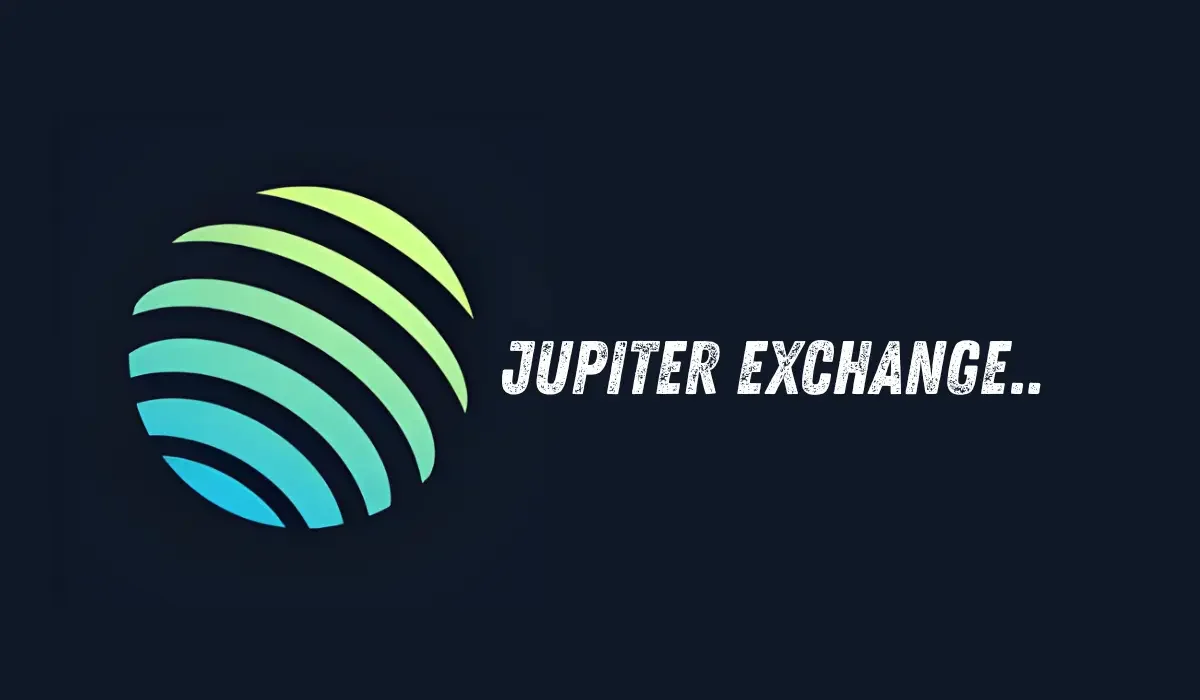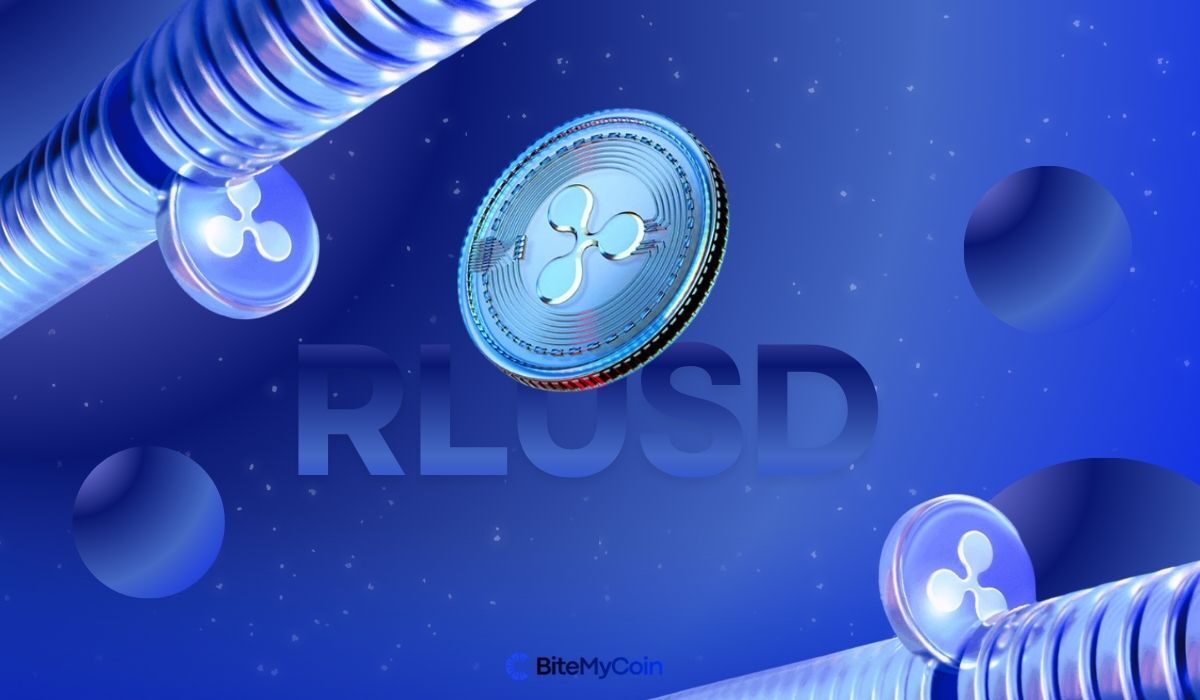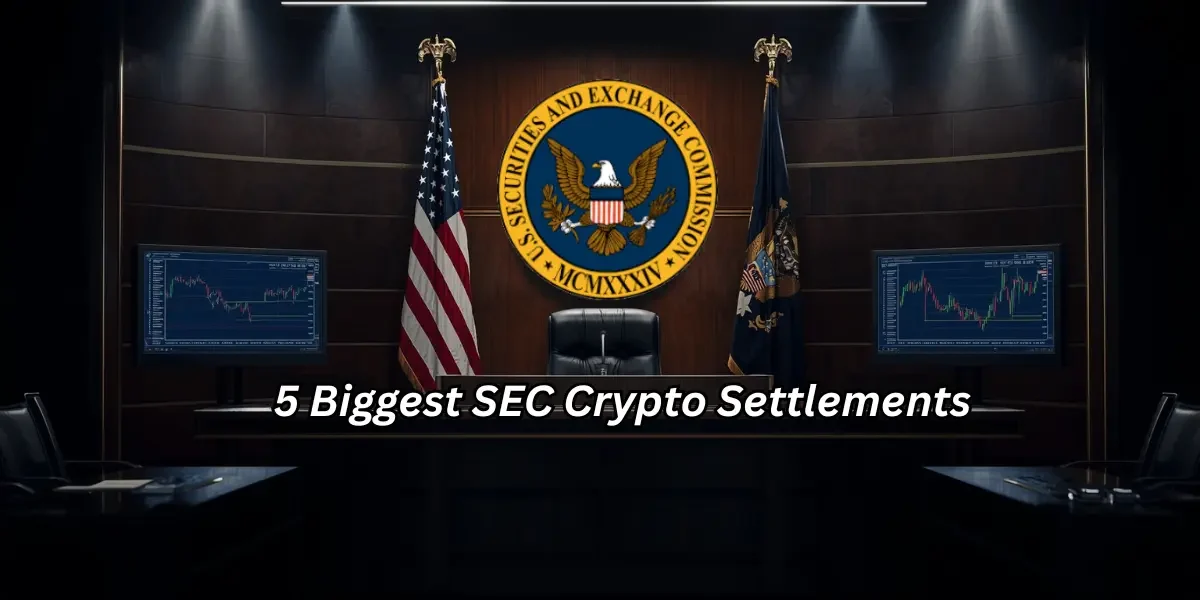Meme Coins Or Modern Gambling? Inside The Rise Of Crypto’s Joke Economy

With no real-world use cases, memecoins have no intrinsic value. This is often the reason why many industry experts consider them to be a gamble rather than organized and planned trading.
Memecoins have enabled people to realize immense gains, but only those who entered the market at the right time have benefited. The social media buzz and hype are a major reason why memecoins often experience explosive growth, helping investors realize these immense profits.
Through this article, we will try to understand whether the meme culture is real or simply a gamble.
The Viral Rise Of Memecoins
It is pure humor that almost always inspires a memecoin’s birth. Memecoins are often a fun way to make good social engagement and ride the viral internet wave; however, they have little to no real-world use cases. They do not address any global issue and are often massive popularity stunts.
However, despite the lack of their real-world applicability, memecoins are often riding the bull wave purely fueled by popularity and social trends. Investors return to memecoins as they offer a quick and easy way to make significant gains in a short time.
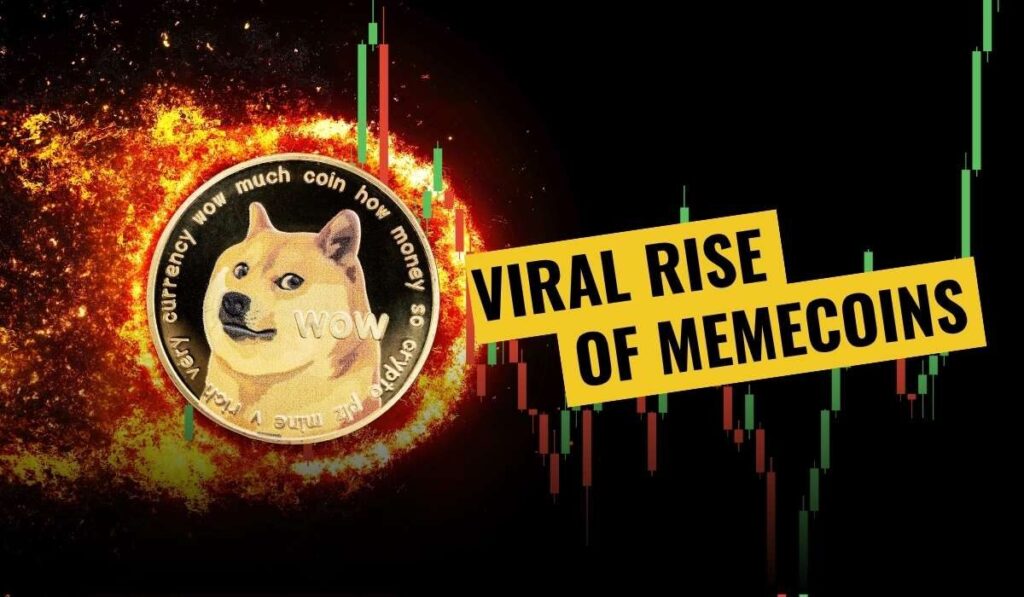
From what data we could collect, it came to attention that the past year saw nearly 40,000 to 50,000 memecoins and tokens being launched daily. Most of these tokens are launched on the Solana network. The Solana network alone is generating 17,000 to 20,000 memecoins on average daily.
The ‘State of Memecoin 2024’ report, made by Chainplay, reported that over half of the memecoins released, accounting for a massive 55.24% were malicious. These statistics re-establish the point that memecoins are simply being printed out on the basis of social media hype and as a medium of modern-day financial scams.
Do Memecoin Rug Pulls And Scams Make It A Gamble?
Underneath all the social media hype and viral nature, memcoins come with several structural risks. With developers who launch these memecoins having little to no responsibility for the project they are undertaking, most of these coins are operating via centralized liquidity pools. These centralized pools are often constrained to a small number of wallets, which is inherently risky.
The risk with such centralized liquidity pools consisting of a limited number of wallets is that the creators or early holders can easily dump liquidity, and the coin’s price will plummet without any warning. This inevitably leaves new investors with a worthless coin. This type of activity, where the liquidity dumping causes a price crash, is often referred to as a ‘rug pull’. These types of risks often associate memecoins with gambling, as there is no certainty about the price.
The data collected from various sources indicate that these centralized liquidity pools help in market manipulation. This is widespread among relatively younger memecoins. This erases trust from the memecoin segment; however, there are rare gems among them, so investors are always on the lookout for such coins.
With no proper audit and a centralized control system in place, these scammy coins are often risky to inexperienced investors. Experienced investors often go through details of the coin to see whether it has a centralized liquidity pool, and how many wallets are controlling what portion of the supply.
Inexperienced investors, on the other hand, are often pulled into such schemes based on social media hype or viral marketing strategies. These inexperienced investors are essentially making this more aligned with gambling rather than trading.
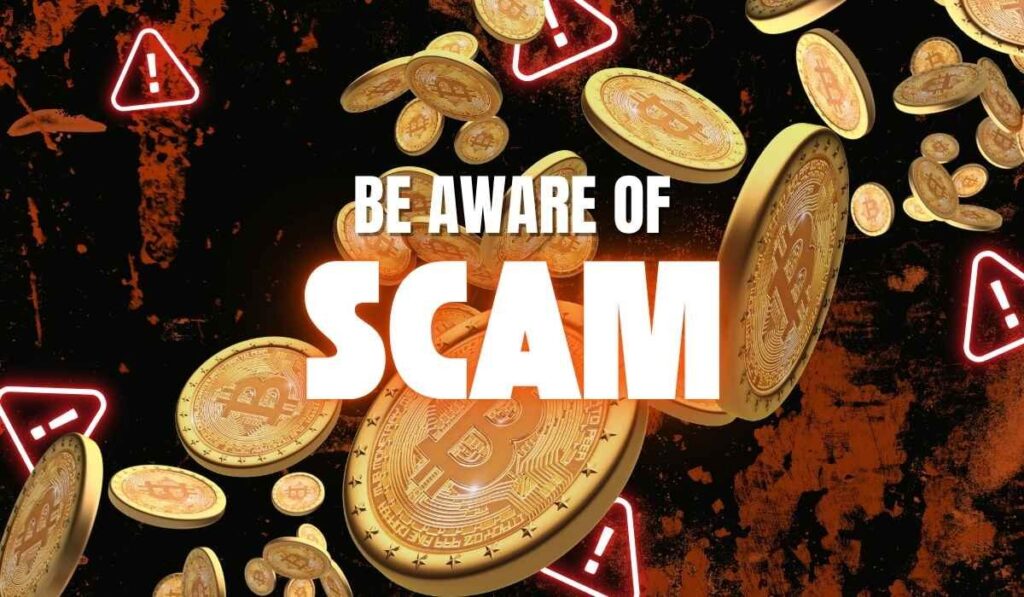
This carries a larger risk since these events cause mistrust about cryptocurrencies in general in the eyes of the public. This is the reason why many seasoned investors consider all crypto investments as a gamble rather than planned trading.
Memecoins And The Rush From Gambling
Memecoin trading is often along the border of gambling. The entire culture is fueled by speculative investment. The spikes make investors feel like they have hit a jackpot, while the drops make them go on a rollercoaster of emotions. This is known as the degen culture, where investments are made based on FOMO, hype, and the explosive reach of social media.
When trading in memecoin becomes entirely for the satisfaction of the thrill, it transitions from investment to gambling. There is no self-control or asset audit in such cases, and most likely the outcome will be largely detrimental to the investors. The decisions that are fueled by hype rather than based on the analysis of fundamentals it is gambling, and no longer is it trading.
It is mostly the market momentum that drives the thrill. Volatile swings can create addictive cycles; an exciting, rapid gain pulls them in until they lose all of their investment. It is mostly the early insiders and large holders that benefit from the addictive cycle of retail investors. This closely represents a casino where the house has an inherent advantage and the players are trying their best to make their luck work out.
With such a critical market manipulation possible, investing in younger coins whose timespan is very short is, in fact, more gambling than trading.
Is It Impossible To Gain Profits From Memecoins?
It cannot be said that memecoins cannot be used for generating profits. Experienced traders have a keen eye for everything. They do proper research and will approach the market with caution. They are not rushed into the game by an addictive behavior; rather, they make informed decisions and stay clear of potential scams and rug pulls.
Proper trading strategies can be applied to memecoins; there are established memecoins in the market. So to say that profiting from memecoins is impossible would be an overstatement.
It is the lack of clear judgment and proper research that makes memecoin trading more related to gambling, not just the memecoin itself. On established exchanges, memecoins can be traded based on news, social media trends, and by coupling them with technical indicators and market analysis, so memecoin trading is not inherently gambling, but it becomes one when a trader is uninformed of the possible consequences.
Conclusion
In essence, there is a blurring of the line that divides meme culture and investment. While memecoins can yield significant profits, the outcomes are largely dependent on social media hype and other emotional parameters rather than real-world applications. The prevalence of scams, rug pulls, and market manipulation only intensifies the risky nature of memecoins.
Informed investors can safely navigate this space as they perform proper research and market analysis, and they also analyze the coins closely for potential scams. Ultimately, memecoin trading is not gambling; however, it can become gambling if an investor is approaching it without caution, research, and an addiction to ride the thrill of the ups and downs.
FAQs
Memecoins are cryptocurrencies inspired by internet memes or jokes, often created for fun without any real-world use cases.
Most memecoins lack intrinsic value, rely on social media hype, and are vulnerable to scams or rug pulls. Hence, they are considered very risky.
They become a form of gambling when they are bought and sold on speculation rather than informed decisions.
Research developer integrity, liquidity details, and community reputation before investment, and investors can steer clear of memecoin scams.
Yes, experienced traders who analyze trends and manage risks can profit, but most uninformed investors lose money.
Crypto & Blockchain Expert

